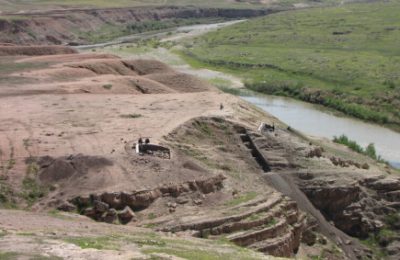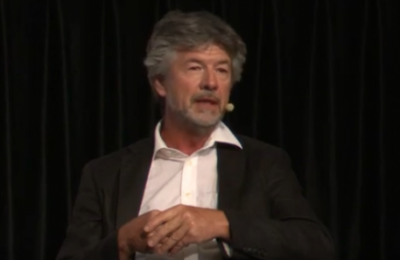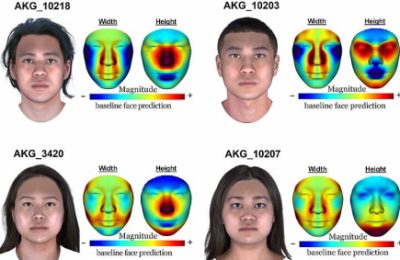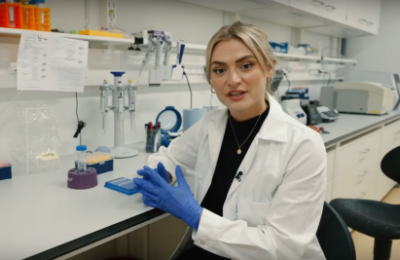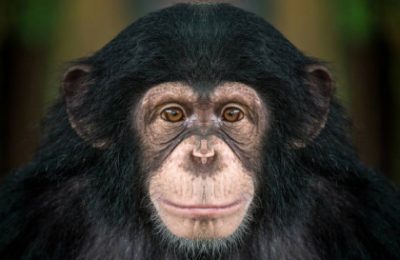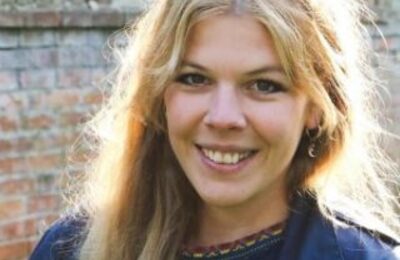Annette OERTLE
I am a postdoctoral fellow with the Douka Palaeoproteomics and ZooMS laboratory in the Department of Evolutionary Anthropology at the University of Vienna. As an archaeological scientist (zooarchaeologist) I specialise in collagen peptide fingerprinting (ZooMS) and archaeomalacology. My research interests lie in tropical, coastal and island archaeology with particular focus on Australia, the Pacific Islands and Island South East Asia (ISEA). I am interested in questions regarding human evolution, changes in subsistence behaviours, and site formation processes. I completed my PhD in 2019 from the University of Sydney, Australia, and was a postdoctoral researcher on the ERC FINDER project based at the Max Planck Institute SHH Jena, Germany. I am currently a Marie-Skłodowska Curie Postdoctoral Fellow leading project DENI-CESTOR (DENIsovan anCESTORs in Sahul: deciphering human evolution through molecular techniques) and PI on a Leaking Foundation Grant (Using ZooMS to identify new human fossils in archaeological deposits in Papua New Guinea). Marie-Skłodowska Curie Postdoctoral Fellow (2022-2024) Principal Investigator: Leakey Foundation Grant (2022-2023)

